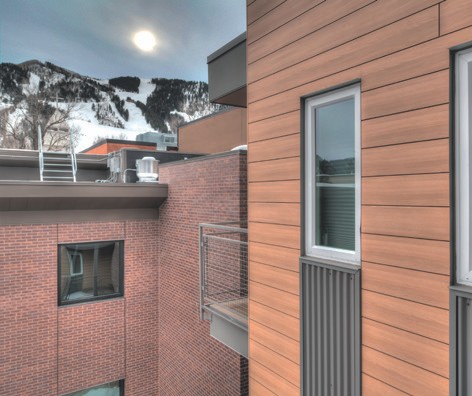Contact
-
1. Cover
-
2. Trespa® Meteon® Lumen
-
3. Editorial
-
4. Project Columbia
-
5. Trespa® Meteon® Greece
-
6. Trespa® Meteon® Focus
-
7. From Design To Reality
-
8. Trespa® Meteon® Focus
-
9. Modular PrefabConstruction
-
10. Trust Nemho
-
11. Police Department Housing
-
12. Trespa® Meteon® + Trespa Pura NFC® Wood Decors
-
13. The past, the present and the next
-
14. MegaTrends
-
15. The Next 60 Years of Fame
-
16. Project Poland
-
17. Healthcare Infrastructure
-
18. The New Architect
-
19. Trespa® Meteon® Focus
-
20. Project Belgium
-
21. Architectural Trends
-
22. Project Spain
-
23. Trespa Second Life
-
24. Trespa® Meteon® Lumen
-
25. Project France
-
26. Trespa® Meteon® Lumen
-
27. Trespa Decors
-
28. Trespa® Meteon® + Trespa Pura NFC®
-
29. Colophon
-
30. Trespa® Meteon® Naturals
-
31. Looking back - Looking ahead





